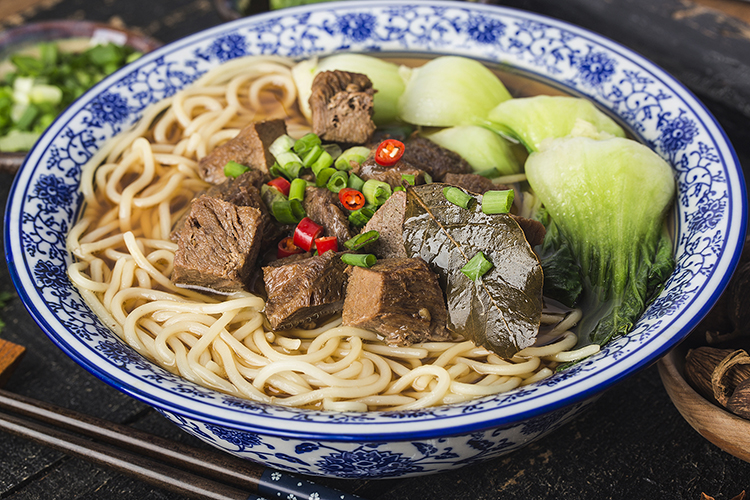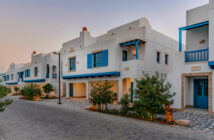Ramadan is the month of charity, worship, cleansing one’s soul, and building familial ties. Traditionally, the art of cooking together as one unit is significant in instilling kinship, generosity, and love. Food evokes memories and warm emotions that transcend continents and oceans. In this feature, we highlight the special Ramadan treats and traditions around the world.
Ramadan is the 9th month of the Hijri calendar. During this month, Muslims fast from dawn to dusk, devoting themselves to worship and charity. The two major meals in Ramadan are Suhoor- the pre-dawn meal and Iftar – the meal eaten at sunset and signifies breaking of the fast.
Different countries have varied cuisines influenced by their topography and climate. In the west, most Asian and European families use a set menu during iftar that shadows their ethnic roots. Presenting below are famous dishes from around the world that are mainstays during the month of Ramadan.
A PLACE AT THE TABLE: UNIQUE RAMADAN DISHES
AFGHANISTAN
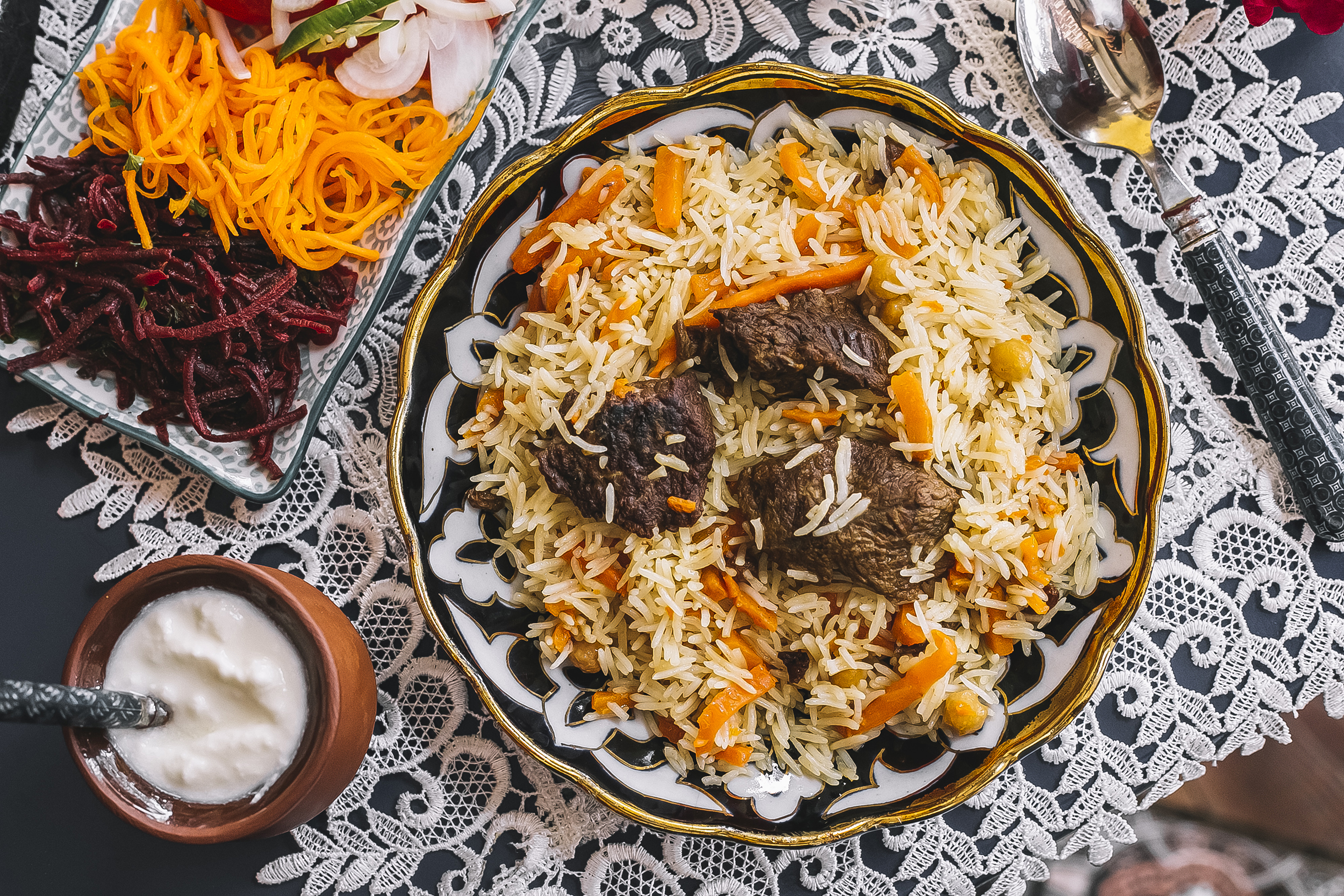
Do Pyaza is a dish of meat (mostly lamb is used) in a stew of sauce flavored with copious amounts of sliced onions.
Shorwa is a traditional savory soup of meat and vegetables often dubbed as the “king of all Afghan soups”.
Kabuli Pulao, considered as Afghanistan’s national dish, is a rice dish with lentils, raisins, meat, and carrots. It is an important dish because of the ingredients’ prices and qualities making it an integral and central dish in shared meals.
Ab E Dandaan are cardamom cookies. Kolche ab-e-dandaan means melt in the mouth cookie in Arabic and it’s what exactly happens when these cookies are eaten after a festive Ramadan meal.
BANGLADESH
Beguni are crispy eggplant fritters often eaten during Ramadan and during the monsoon season that Bangladesh is known for. The eggplants are coated with light, spiced tempura-like batter making it the perfect snack while watching the rain on an afternoon with family and friends.
Piyaju, or onion fritter, is another favorite Ramadan crispy treat often seen being sold on street stalls. An effortless snack to make, it only needs basic ingredients: lentils and onions.
Doi Chira is an authentic Bangladeshi food made with flattened rice mixed with yoghurt, sugar, and banana.
CAMEROON
Beef Suya is spiced, nutty, smoky, charred beek in a skewer often found in the streets of Cameroon and Nigeria. In the past, suya are available mostly at night because daytime is used to marinate the meat. Perfect for breaking the fast at sunset.
Dafaduka is a herring and rice dish that is earthy and full-flavored.
Sweet Potato Fritters are often prepared before iftar and sold on the streets to help people break fast.
CHINA
Yangrou Paomo, a soup with bread and lamb, is popular in the city of Xi’an. Restaurants specializing in paomo can be found in the city’s Muslim Quarter.
Mantou, often referred to as Chinese steamed bun, is a staple food especially in northern China.
Lanzhou Beef Noodle Soup has an extensive history and its recipe differs by region. The hearty, warm soup often uses halal meat and has a lighter taste.

INDONESIA
Kolak is a drink made of pandan leaves, bananas, sweet potatoes, palm sugar, and coconut milk. It can be served hot or cold and is one of the favorite desserts in the country to break the fast.
Lemang, made from glutinous rice wrapped in banana leaves, can be found in most Ramadan iftar menus, especially in Aceh, Indonesia.
Es Pisang Ijo is green banana ice popular in the tropical country.
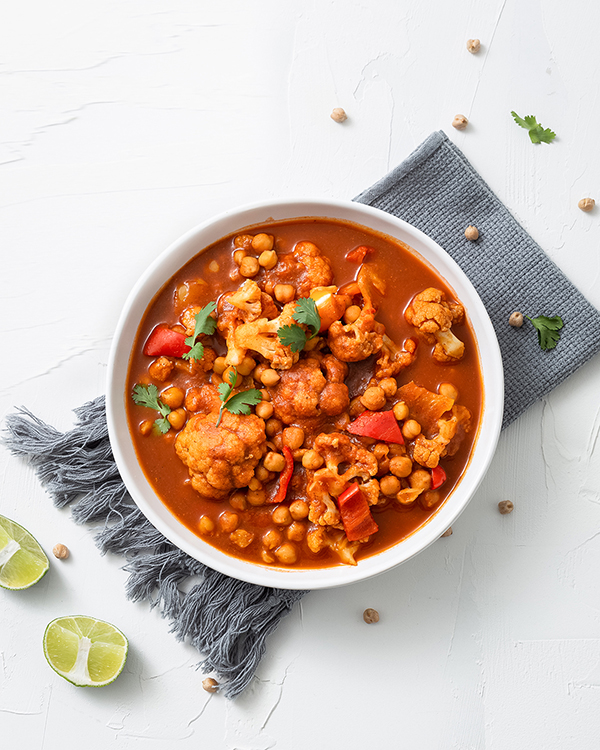
INDIA
Haleem, a special dish prepared during Ramadan, is made up of four components: grain, meat, spices, and cooking liquid. The dish is slow-cooked for 7-8 hours and then vigorously stirred or beaten to achieve a paste-like consistency.
Boti Kebabs are the perfect appetizers; drilled, as BBQ or cooked in an oven, the chunks of lamb marinated with yoghurt is a lovely, warm food during Ramadan.
Chole Masala is a Ramadan dish that is looked forward to all-year-round. It is made of chickpeas and other spices.
MALAYSIA
Ayam Percik is a Malaysian-style spicy roast chicken served with percik sauce widely available in Ramadan bazaars.
Beef Bubur Lambuk is a nutritious meal considered as a Ramadan staple because its proteins from the tender pieces of meat, aromatic spices, and coconut milk replenish energy and nourish the body.
Kuih are aesthetically pleasing desserts. These bite-sized cakes, snacks, and sweets add color to the festivities of the holy month (or any lively occasion for that matter).
MOROCCO
Batbout is the traditional Moroccan pita bread; cooked in a stove pan or griddle, it then browns and puffs up with its signature pocket.
Brioats are small Moroccan pastries which are stuffed with a variety of fillings and then fried. A popular kind is Zaalouk Brioats or eggplant bites. They’re perfect to pass around while waiting for the main meal.
Zrig is a sweet and refreshing drink made with yoghurt, cornflour, water, and sugar; the best drink to accompany any kind of meal.
SOUTH KOREA
Kimchi is a traditional Korean side dish of salted and fermented vegetables. It’s easy to make and definitely halal.
Gimbap, a seaweed rice roll, is practical and nutritious; just what is needed during the fasting month of Ramadan.
Japchae, a savory and slightly sweet dish of stir-fried glass noodles and vegetables, is a highly nutritious way to break fast.
THAILAND
Murtabak is stuffed pancake or pan-fried bread often filled with meat and chives often found in food markets open during Ramadan. While Islam is a minority faith in the Buddhist-majority country, halal food markets are open during this time of the year.
Kao Mok Gai is Thailand’s answer to India’s biryani: perfectly marinated meat perched atop flavour-packed savory rice.
Yum Nua is a spicy and bright salad packed with sliced aromatics which can help break the heaviness of savory food during iftar.
The Asian and Arab diaspora have taken their cultural influences westwards and now serve fusion food on their tables. From butter chicken pastas to zaátar and olive pizzas, we have it all. The iftar table is a prime example of world diversity and culture – burgers, pizzas, poutine, fritters, French toast to fatayer, sambousas, pakoras and chaats, accompanied with the fruit of the season. This is the millennial’s Ramadan on a plate.
UNDER THE RAMADAN SKY: INTERESTING RAMADAN TRADITIONS
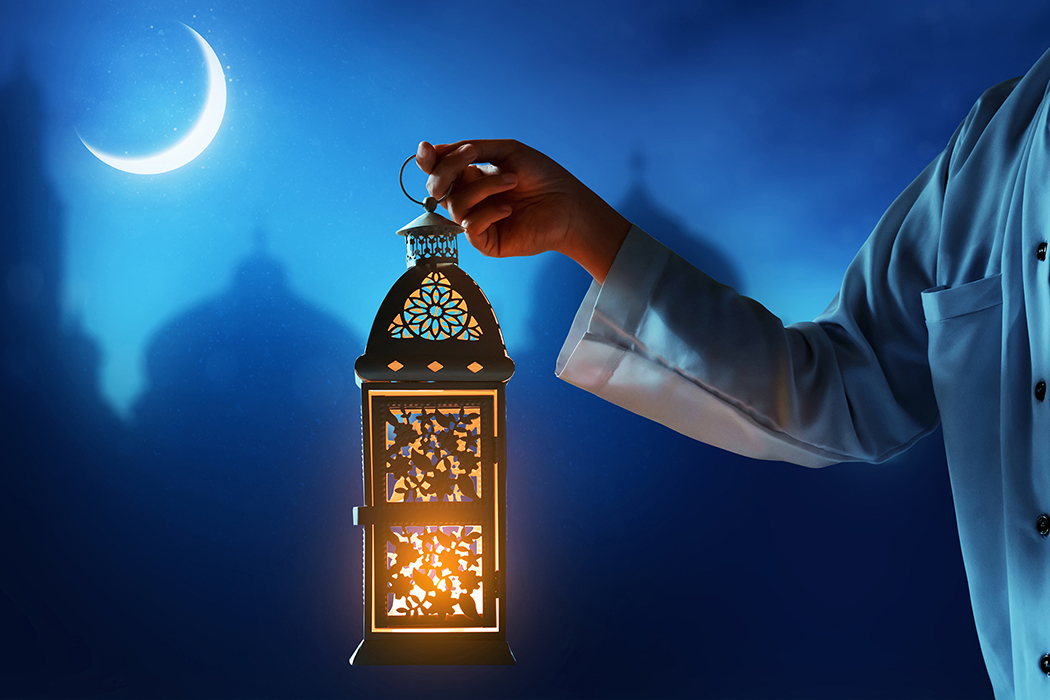
Here are some interesting traditions and customs that are unique to each country during Ramadan.
- In Egypt, colourful lanterns called fanoos are hung throughout the city- squares, streets, and homes. The beautiful lanterns light up the Egyptian skyline and signify the advent of Ramadan.
- In Morocco, town criers use a musical horn to awaken families for the dawn prayers and suhoor.
- Cameroon has a beautiful tradition of opening doors right before iftar time. This is done with the intention of embracing people within their homes to break the fast.
- In parts of India and Pakistan, seheriwalas walk around neighborhoods announcing the time for suhoor (pre-dawn meal). Their calls are accompanied by the beats of drums and these town criers recite the names of Allah and sing odes to the Prophet Mohammed.
- Traditionally in the Middle East, families prepare meals together to distribute to neighbors. It is encouraged in Islam to respect and love the neighbor as family.
- In Indonesia, Java Muslims cleanse themselves using fresh/spring water with the intention to welcome Ramadan anew. Symbolically, the practice called Padusan is done with the intention to purify oneself physically and spiritually.
- In Qatar and the neighbouring Gulf countries, Garangao is celebrated. On the 15th of Ramadan, after the iftar, prettily dressed children gather in droves, with pouches hung around their necks, knocking around doors in their neighbourhood asking for treats. They sing songs dedicated to the beauty of the month and in honour of the blessed Prophet Mohammed. It is a special tradition that is purely of and by the children.
- Midfa Al-Iftar or firing of the cannon is another tradition that dates to around 200 years. It is widely organized in Lebanon, Egypt, and Jordan. The cannon is fired at the time of iftar, signifying Maghrib time (dusk prayer).
- Saudi Arabia has a vivid nightlife post-Taraweeh prayers. Shops and cafes stay open till Fajr with shoppers busy preparing for Eid. Games nights, Suhoor parties, and family meetups are organised and enjoyed apart from the worship and charity.

Globalization has brought the world closer and led to amalgamation of cultures and traditions. People have taken their food, ideas, and habits to corners that were unprecedented prior to this century. Ramadan is an exciting time to bond with friends and family. Food adds grandeur to these festivities and customs is the glue that binds it all. The season of blessings, sharing, and happiness is upon us, and we would like to wish our readers, Ramadan Mubarak!


